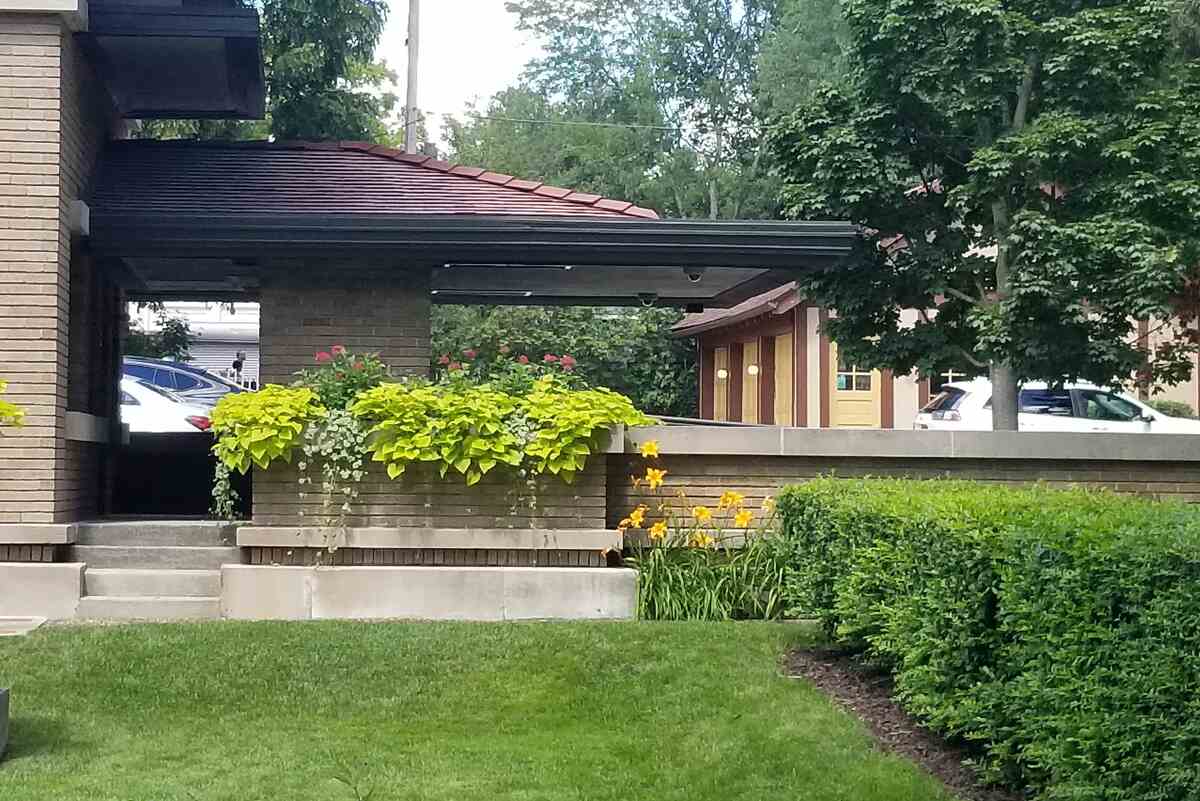
Like the weather, lawn care for your Grand Rapids lawn follows the seasons. Spring lawn care is about preparations: seeding, applying fertilizer and weed control, checking your irrigation system. But summer is prime lawn care time: Check out these nine summer lawn care tips for Grand Rapids to give your yard the best care during the season.
1. Be Aware of Your Lawn’s Grass Types
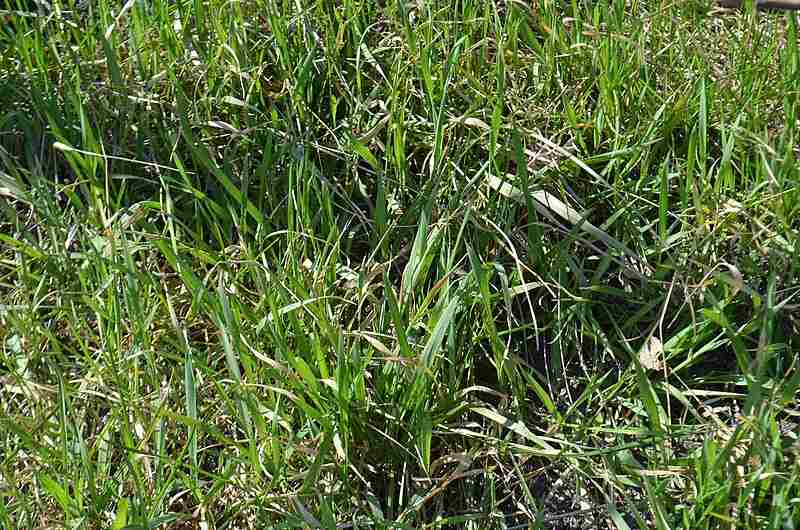
Photo Credit: Ethan2039 / Wikimedia Commons / CC BY-SA 4.0
In Grand Rapids, like most of the Midwest, your lawn is probably one, or a mix of, the following cool-season grasses:
- Kentucky bluegrass
- Perennial ryegrass
- Tall or fine fescues
Each grass type has its own characteristics, which determine its needs during the summer. The fescues tend to be low-maintenance grasses and will need less water and fertilizer than, say, Kentucky bluegrass. However, tall fescues will need to be mowed more often.
Paying attention to your yard’s grass types will help you keep your lawn looking good (and healthy) over the summer.
For more detailed tips on how to care for your lawn, check out our article: “4 Best Grass Types for Grand Rapids.”
2. Be Aware of the Climate
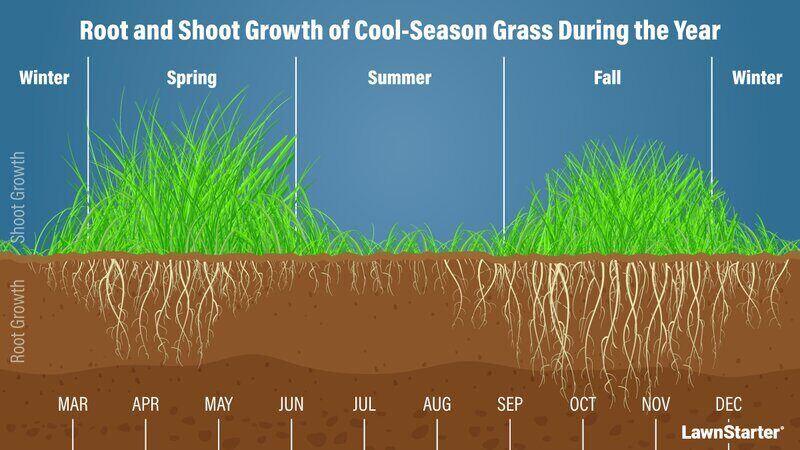
Grand Rapids’ proximity to Lake Michigan means that weather conditions have an effect on your lawn care. Average summer high temperatures range from 79 degrees in June to 81 degrees in August. That’s high enough to send most cool-season grasses into dormancy, except for perennial ryegrass.
As for rain, Grand Rapids is not in a drought area. Average summer precipitation ranges from 3.77 inches in June to 3.59 inches in August. So while you may still have to water, you may not need to water as often as you would in drier parts of the state.
3. Choose the Right Height for Mowing
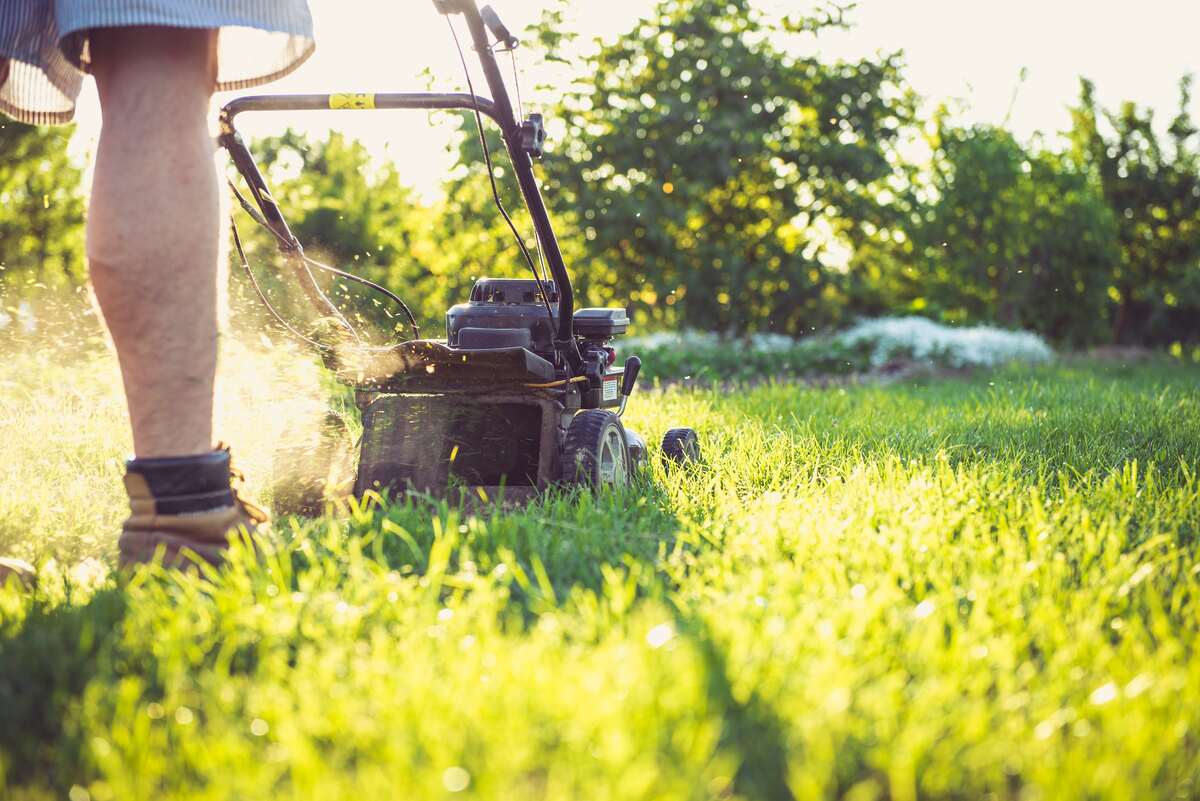
Let’s face it: You’ll spend most of your yard-care time pushing a lawnmower. But proper cutting will keep your grass healthy as well as tidy. A few tips.
- Cool-season grasses should be mowed high — keeping the grass at about 3 inches will reduce evaporation and help reduce weeds. Cutting too short causes other problems. Short grass blades can’t make enough nutrients.
There’s also a relationship between grass height and the root system. A short lawn also means shorter roots, which hinders the absorption of nutrients.
- Use the one-third method, meaning you cut off a third of the grass every time you mow. Make sure the mower blades are sharp. Dull blades basically tear the grass blades, increasing the risk of disease to your lawn.
- Mid-morning and late afternoon are the best times to mow. Grass is still too wet in the early morning, and it’s just too hot at midday. Mowing late in the evening won’t let the grass recover before nightfall.
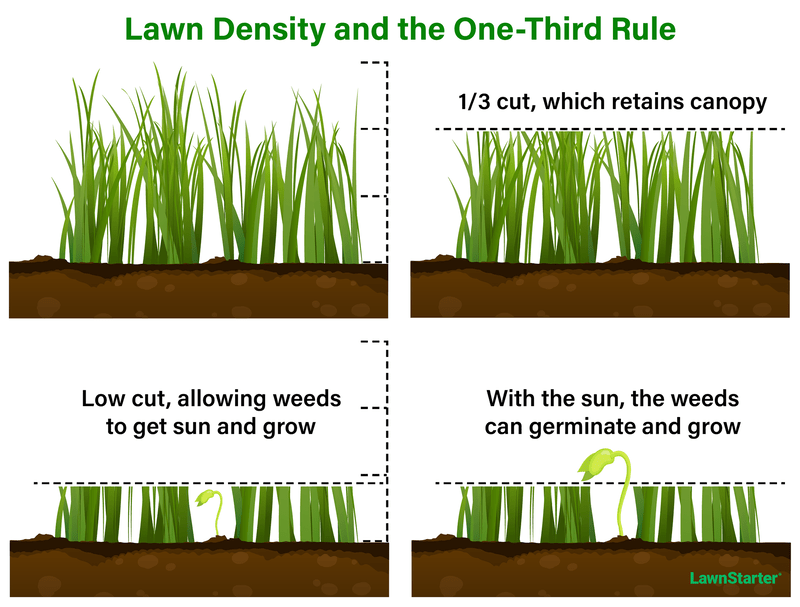
How Often Should You Mow?
Generally, about once a week. However, tall fescue grows quickly, so you may have to mow more frequently in early summer. Once daily air temperatures get high enough, cool-season grasses go dormant. At that point, you’ll get a break from mowing.
4. Give Your Lawn the Proper Amount of Water
If mowing tops your lawn care to-do list, then watering is a close second. Usually, Grand Rapids has enough rainfall to let you cut back on watering chores. But you may still need to water to keep your lawn green and growing. Michigan State University suggests light, frequent watering of 1/2 inch to 1 1/2 inches per week.
Don’t overwater: Grass roots are shorter during hot, dry weather. Excess water will just bypass the roots, wasting resources and money. You’ll waste fertilizer and lawn treatments, too, since overwatering can wash them away. Also, grass roots, like any other plant roots, will rot if they sit in water.
To make sure you’re watering the proper amount, conduct a lawn sprinkler audit. Here’s how:
- Place cups or cans at various spots around your lawn. Straight-sided tuna or cat-food cans work well. (You can just mark the cans with the desired water depth if you only want to check watering depth.)
- Make adjustments and move or replace the sprinklers (or sprinkler heads) until the cans are catching a relatively even amount of water.
- Water for a half-hour.
- Measure the water in each can and take the average to know how much water you’re delivering to the lawn.
Best time to water: Morning to early afternoon, Michigan State’s Extension says. If there are daytime watering restrictions, set the sprinklers to start between midnight and daybreak. Watering in the evening increases the chance of your lawn staying wet overnight. That creates a risk of a fungal disease, especially in warm weather.
5. Dormant Grass? What to Do
Cool-season grass grows best in cooler weather, meaning it will slow down in summer. It will go dormant when temperatures rise or it doesn’t get enough water. Should that happen, the best thing to do is — Nothing. Don’t mow it. Don’t walk on it. It will come back when the weather cools off.
However, there is one time you can ignore this advice. Should Grand Rapids hit a dry spell — a span of three to four weeks without rain, paired with temperatures in the mid-80s, give your dormant lawn 1/2 inch of water every couple of weeks. This won’t green up the grass, but it will keep it alive until conditions improve.
6. Keep the Grubs Away
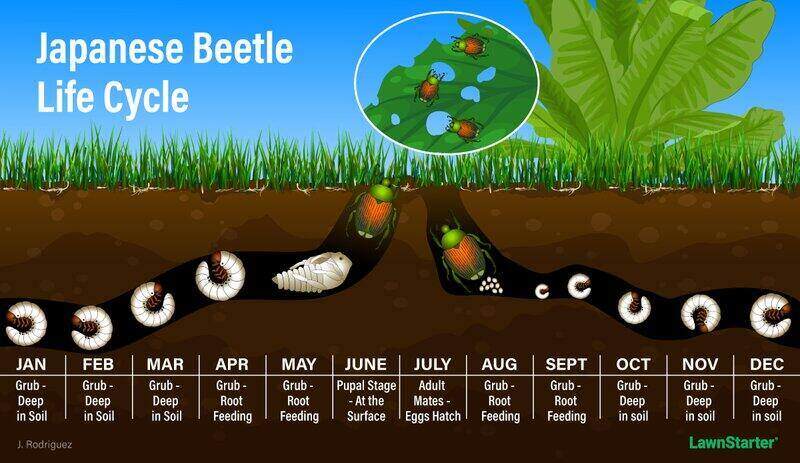
In Michigan, July begins the annual fight against European chafer and Japanese beetles. Their grubs, which have been eating the grass roots, are now adults ready to make more grubs. European chafer causes more damage to grass, though tall fescue’s deep roots help protect it.
However, adult Japanese beetles feed on a wide range of leaves, including:
- Japanese maple
- Roses
- Fruit trees
- Broccoli
- Snap beans
Some preventative measures can hold off European chafers: Regular watering and keeping grass at 3.5 inches will deter them from laying eggs.
Unfortunately, Japanese beetles love a moist lawn, so other measures are needed. During the first two weeks of July, apply insecticides containing:
- Imidacloprid
- Thiamethoxam
- Clothianidin
There also are several natural ways to deter adult beetles.
- Hand picking. The best times to snag them are early morning or evening. Drop them into a bucket of soapy water.
- Cover the plants. Wait until after the plants bloom, then cover with netting.
- Neem oil. Found in seeds from the neem tree, neem oil is a natural pesticide.
7. How to Battle Crabgrass
Crabgrass is the most prevalent summer weed in the Midwest. In Michigan, smooth crabgrass is the predominant species. This annual weed germinates its seeds when soil temperatures hit 60 to 70 degrees. So if you see crabgrass sprouting in June, you’ve missed your window to put down pre-emergent herbicide.
However, there are a few options if you want to rid your yard of crabgrass during the summer.
- Pull out the clumps. This works if you don’t have a lot of crabgrass. A dandelion weeder tool might save some back and arm strain.
- Use a post-emergent weed killer. Look for a product that targets crabgrass. Always read the label and take precautions before you start to spray. But wait until temperatures drop below 85 degrees for best results.
- Work on your lawn’s health. Make sure the grass has adequate fertilizer, and keep it around 3 inches high. Higher grass discourages weed seeds from germinating.
Though crabgrass is the most common summer weed, keep an eye out for other common Michigan weeds like goosegrass, chicory, heal all, and redroot pigweed.
8. Fertilize For the Next Season
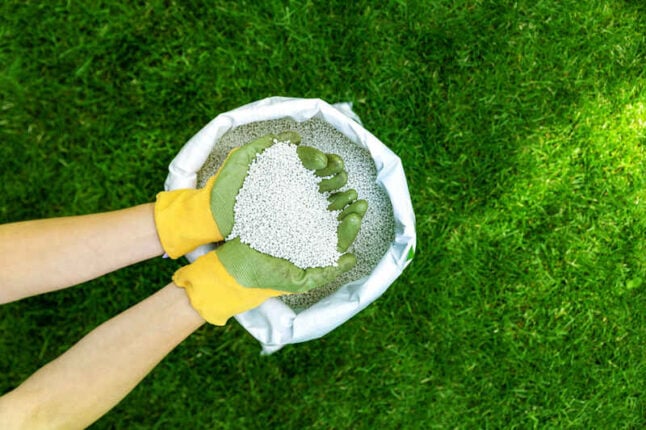
Late August to early September is the time to begin preparing your lawn and garden for winter. It’s also the best time to fertilize your cool-season grasses. Fertilizing at that time prepares the grass for its second active growing season, and for the winter ahead. But before you grab a bag or two of lawn fertilizer, consider this:
- Get a soil test. Knowing what nutrients your soil needs will help you pick the right fertilizer, benefitting your wallet and yard. Contact the Kent County Extension office for information on how to submit a soil test from your lawn.
- Skip fertilizers with phosphorus. To protect water quality, Michigan law restricts the use of phosphorus in lawn fertilizers. Also, don’t apply fertilizer near bodies of water or storm drains, and clean up any fertilizer that lands on the driveway or sidewalk.
- Buy the right amount of fertilizer. Measure the square footage of your yard, and buy the amount of fertilizer needed to properly cover it. Your budget and your lawn will thank you.
9. Repair Your Lawn With Overseeding
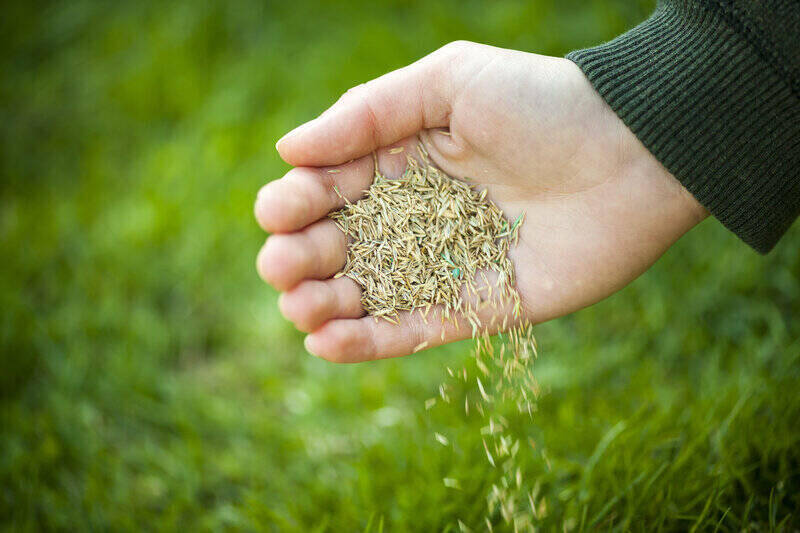
Summer heat and those weekly touch-football games can be rough on a lawn. So can a crabgrass or grub infestation. If your lawn seems a bit thin, has brown patches, or is overrun with weeds, it’s time to overseed. This is especially important for tall and fine fescues — most are bunch-type grasses that don’t produce runners to create more grass.
Mid-August through September is the best time to overseed cool-weather grasses. Be sure to plant fescues at least 45 days before the first expected frost.
FAQ
Generally, no. In fact, it’s better for the grass if you don’t. Clippings, which are 85% to 90% water, will decompose quickly and add nutrients to the soil. The only time you should bag is if your lawn has a turf disease or is overrun with weeds.
If you don’t want clippings on the ground, they can be added to your compost pile or used as garden mulch (see “How to Compost Grass Clippings”). Be sure not to compost mulch clippings from grass treated with herbicides or insecticides.
There are biological insecticides available to kill grubs in your lawn. But be aware that trials have shown inconsistent results:
● Parasitic nematodes are microscopic roundworms that release a bacteria that kills the grubs. Apply in the evening and water thoroughly.
● Bacillus thuringiensis galleriae (Btg) is a strain of bacteria that produces a toxin that affects adult beetles and grubs. Be careful when applying, as it may cause eye and skin irritation.
Don’t aerate in summer. The heat stresses grass, and you want to give it time to recover from an invasive procedure like aerating. The best time to aerate cool-season grass is in the fall when it starts its second active growth period.
When to Call in a Professional
Summer is definitely a busy season for lawn care. But if you don’t have the time, or prefer to enjoy your summer doing other things, then consider calling in a professional lawn care service in Grand Rapids. A local pro can keep your grass properly cut, and take steps to get rid of weeds or pests that can harm it.
Main Image Credit: Kzoo Cowboy / Flickr / CC BY 2.0